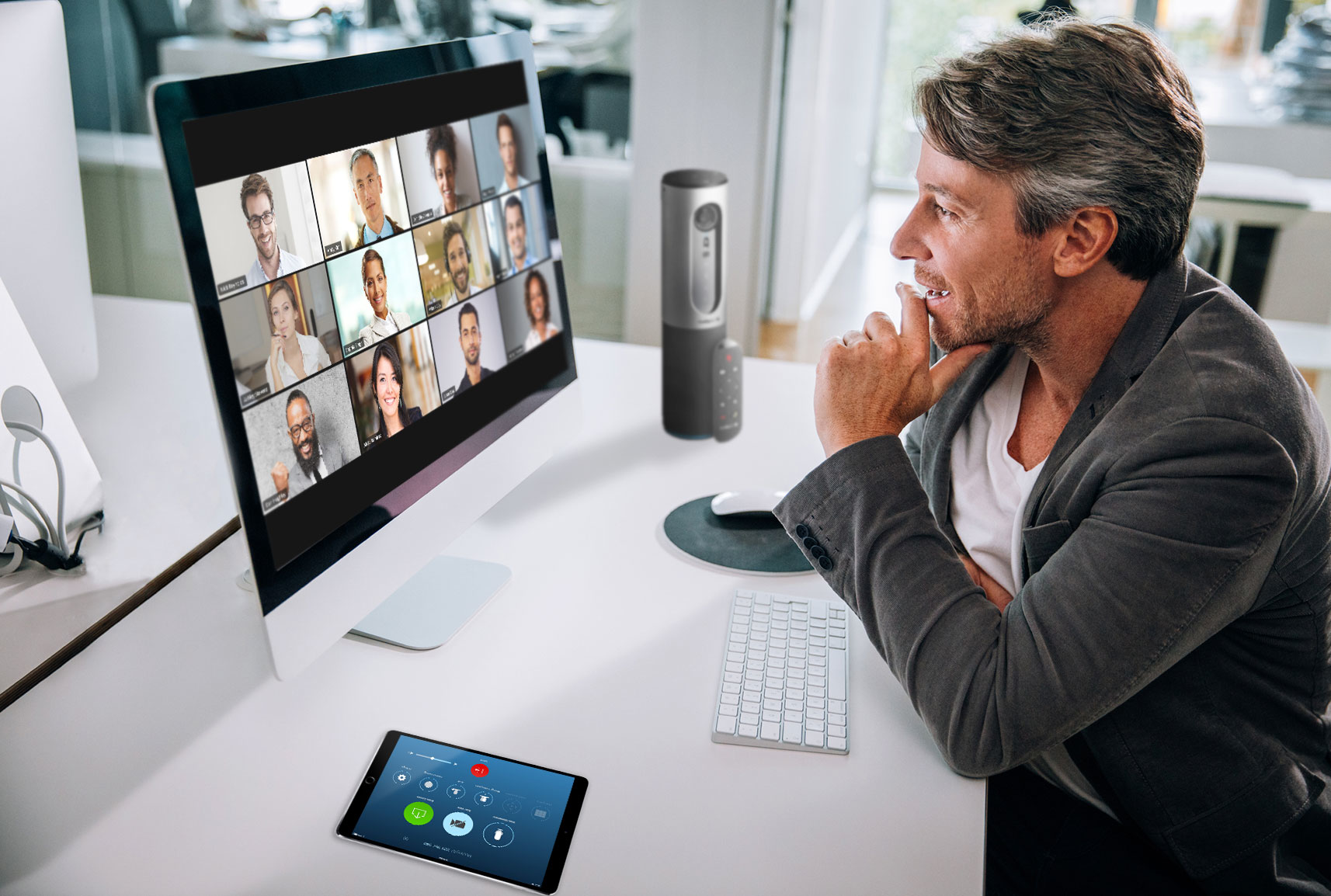Firm Management
How Remote Work Lends Itself to Reshaping the Back Office
May. 24, 2021

By Kim Lockett.
The pandemic has been hard on everyone in different ways, and though the end is in sight, we’re not there yet. But, as we close in on a year and a half of working from home, we can look back with some perspective and perhaps a little pride at how we’ve adapted and changed. During this time, many people and organizations have discovered that they’re much more nimble, creative and resilient than they previously imagined.
I can see that in the accounts payable organizations with whom I have worked. The dual challenges of figuring out how to get payments out the door in a different way and learning to work remotely have been daunting, but people have figured out ways to get the job done.
Perhaps more than any other function, AP used to be a strictly in-the-office job, mainly because of all the paper processes they had in place. Invoices come in the mail. They have to be opened and keyed into accounting systems. Some companies have machines and OCRs (Optical Character Recognition) to help with this process, but many still follow manual processes. Checks must be printed, stuffed into envelopes, and run through a postage meter before they’re mailed. Security and controls are often paper-based, too—safes are kept for blank check stock and sensitive information.
It seems incredible to think that a year and a half ago, that was business as usual for the vast majority of organizations, and not many had plans to change. But change they have.
A New Way of Thinking
Nobody had a plan for sustained remote work. They may have had a short-term disaster recovery plan—for one or two people to work offsite or cover for the absence of a key employee. But nobody had a plan for the entire AP team to be out of the office indefinitely.
The initial struggle was to be able to continue processing payments on time. People brought their laptops home, but not their whole setup. They kept sending skeleton crews to the office to handle the paper processes. The thought was that we’d have to stick it out for a short period. We all know how that turned out.
Around the latter part of April 2020, we started to see people planning for the longer term. Companies set people up with home offices and all the security and connectivity they needed. They had to figure out new ways to communicate and collaborate. They had to figure out how to be productive at home, in many cases while juggling childcare and homeschooling.
At the same time, they started switching vendors to ACH payments in earnest. According to recent data from Nacha, the National Automated Clearinghouse, B2B ACH payments to vendors jumped a whopping 11 percent in 2020. They had to figure out new processes and new ways to keep information secure. Both of those are heavy lifts, which is a big part of the reason paper has persisted for so long.
It has been challenging to say the least, but I think that AP teams should be proud of how they’ve adapted.
Where to Go from Here
Probably not back to the office—at least not five days a week. According to a recent report by Upwork, roughly one in four Americans will be working remotely in 2021. By 2025, 36.2 million Americans are expected to be working remotely, an 87% increase from pre-pandemic levels. A survey by the Pew Research Center found that given the option, more than half of employees say they want to keep working from home even after the pandemic abates.
Employers are becoming comfortable with the idea and are even finding some advantages, including access to a much larger talent pool and the ability to offer flexible work hours as a benefit. That could help AP to address the long-standing talent shortage.
The more significant opportunity, though, is to continue to think differently. I would be surprised if very many AP departments decide to return to the paper processes of old. The biggest reason people stuck with those for so long was that they were “working.” It’s hard to say that now. It’s also hard to say that accounts payable work can only be done in the office because we’ve been doing it outside the office for a year. The considerable delay in payment processing that some people expected never materialized. AP had to find a better way, and they did.
Moving Forward
They shouldn’t stop there. AP organizations should seize the moment to bring in technology partners to automate the entire payment workflow, address the growing fraud and security risks associated with ACH payments, and ensure the resiliency of payment workflows in a remote work world. They should be looking to automate invoice ingestion and processing and integrate into other transactional systems, eliminating manual work once and for all.
Nobody likes being forced to change, and that’s been perhaps one of the most difficult aspects of the experience we’ve all been living through for the past year. Now that AP teams have proven they have the resiliency and the ability to handle all the change that was thrust upon them, they should seize the opportunity to become drivers of change and key players in leading their organizations into the future.
========
Kim Lockett is Vice President of Customer Success and Services for Nvoicepay, a FLEETCOR company. She has more than 30 years of experience in payments, with a heavy focus on back-office operations and customer engagement. Prior to Nvoicepay, Kim held operations management and leadership positions with Comdata, Crestmark Bank, and Regions Bank.
